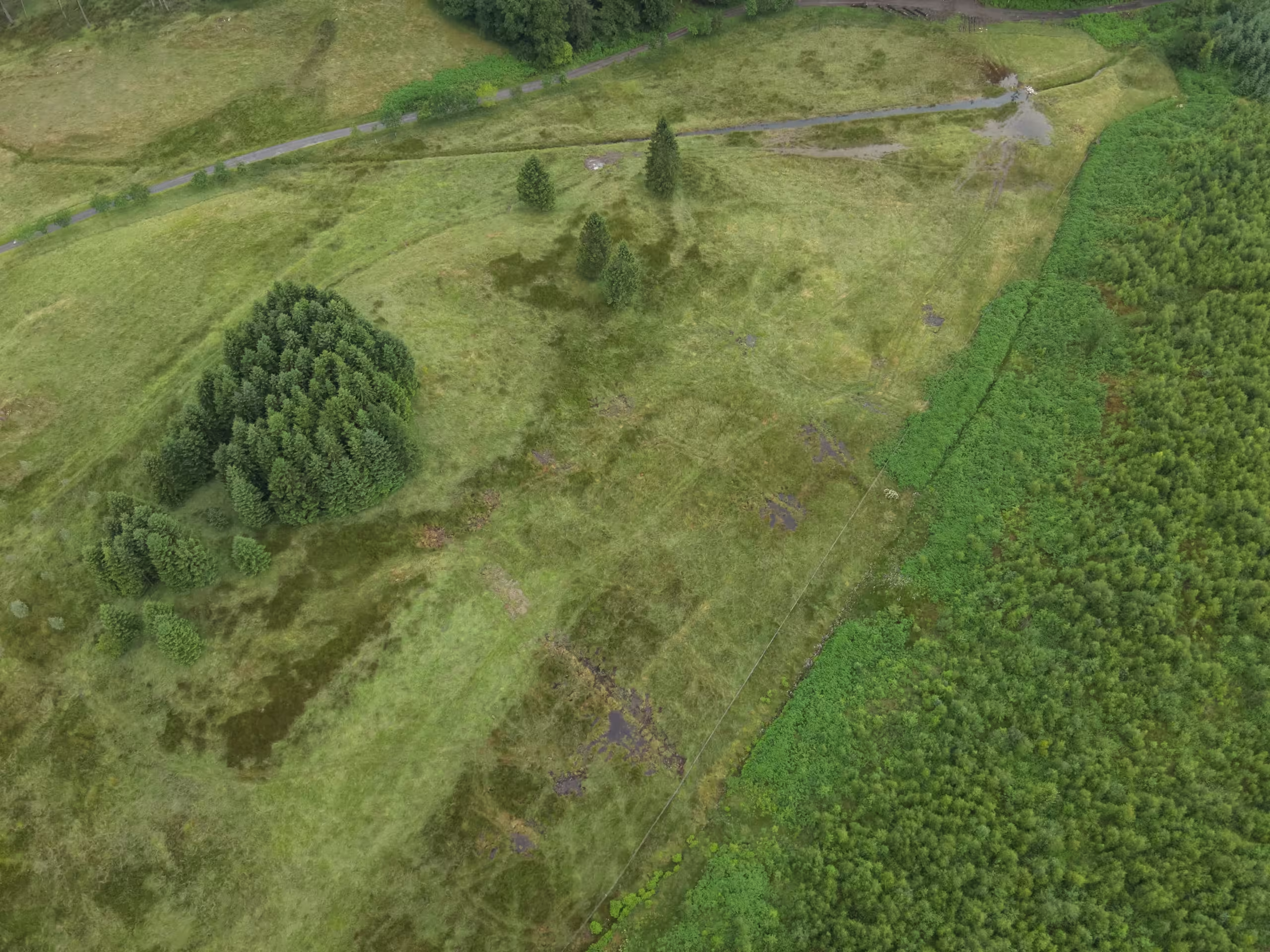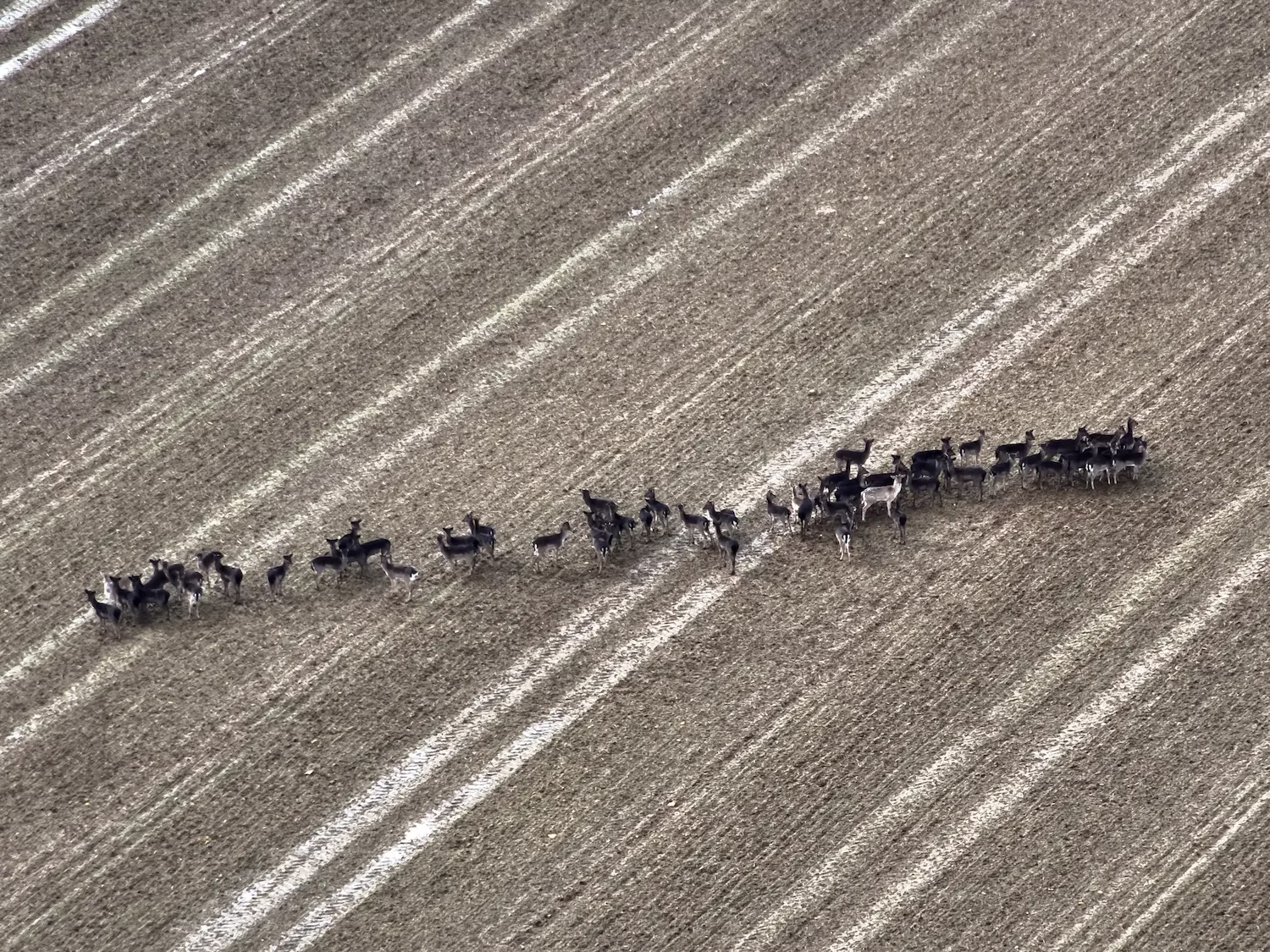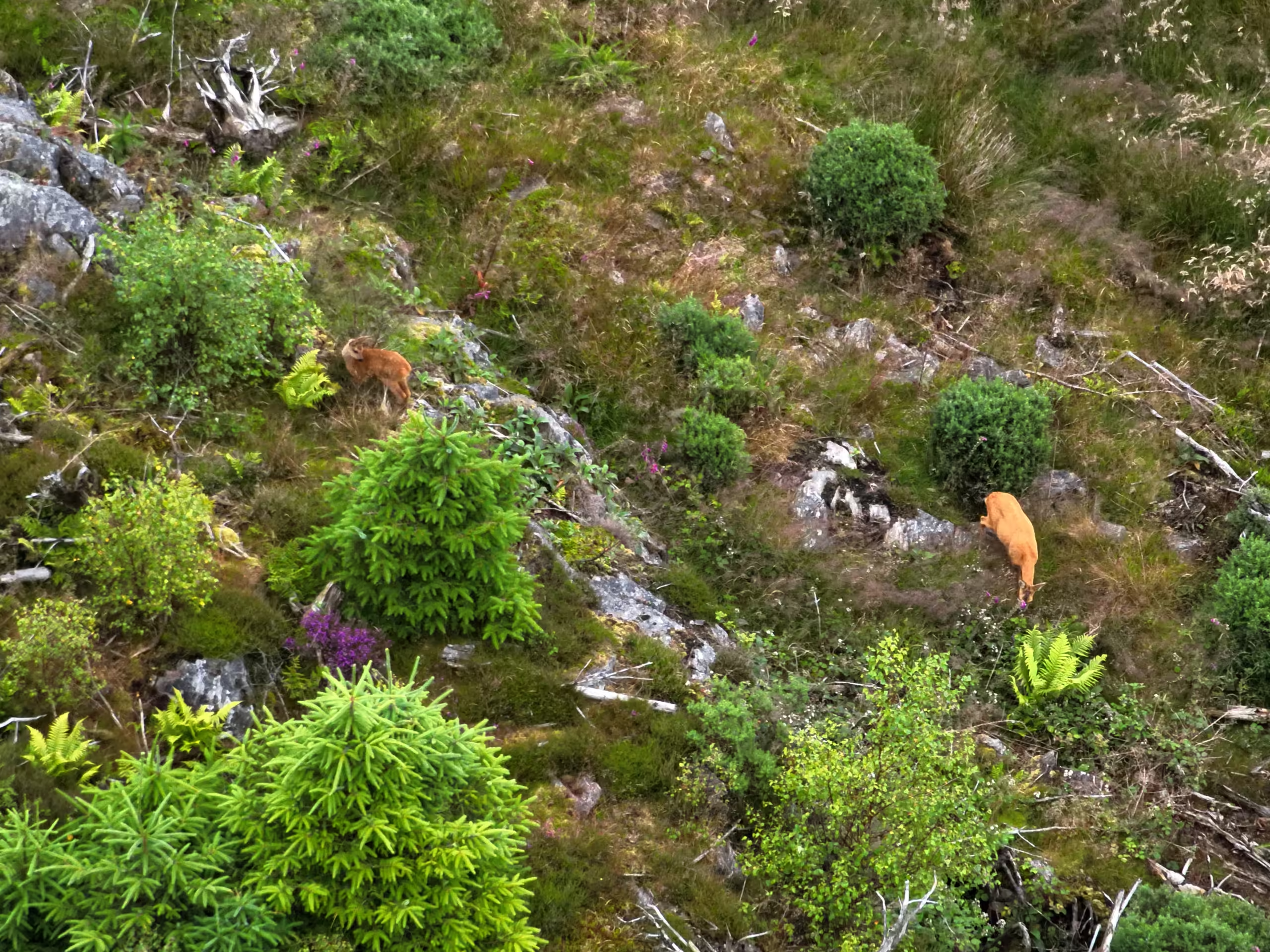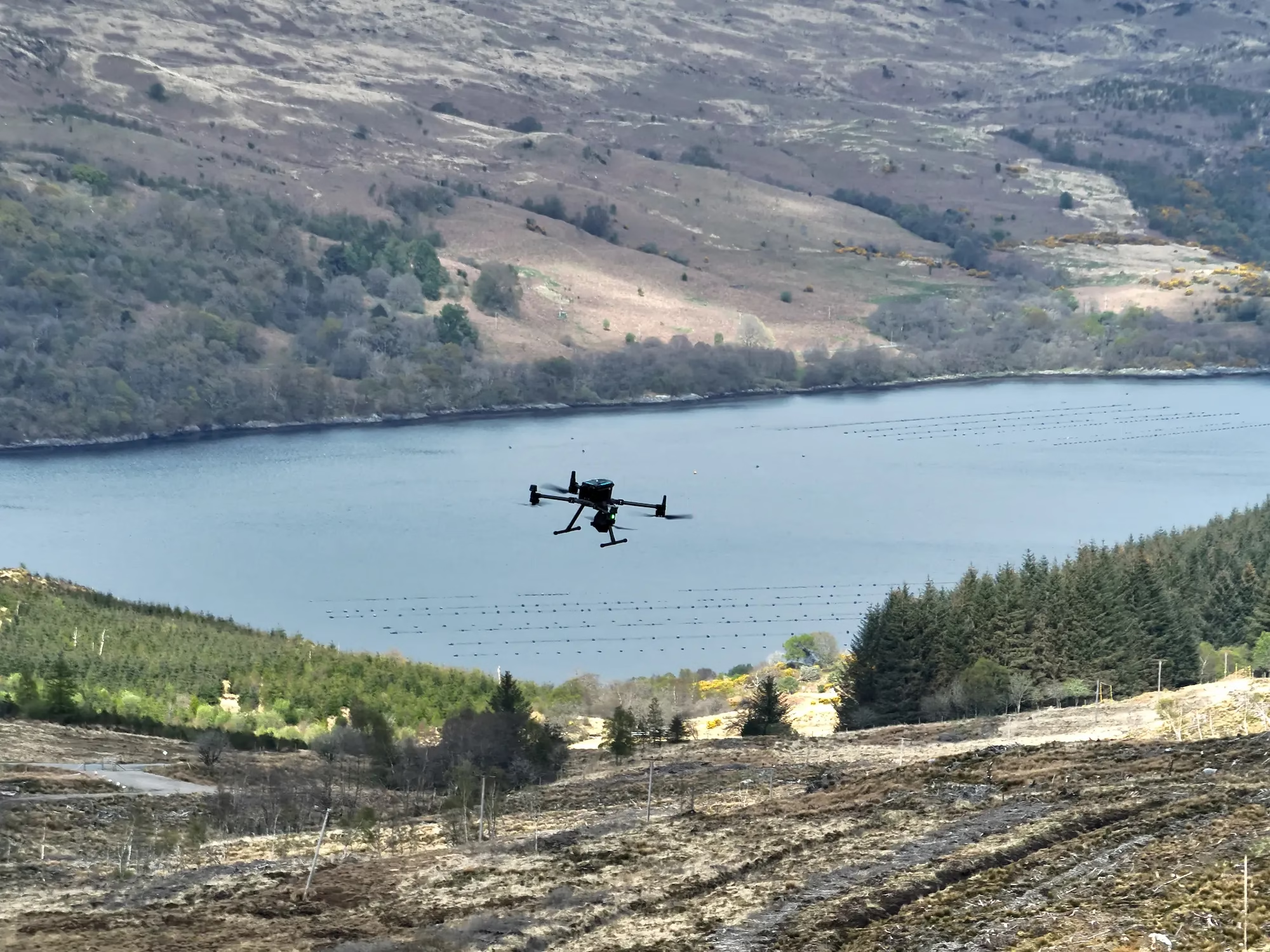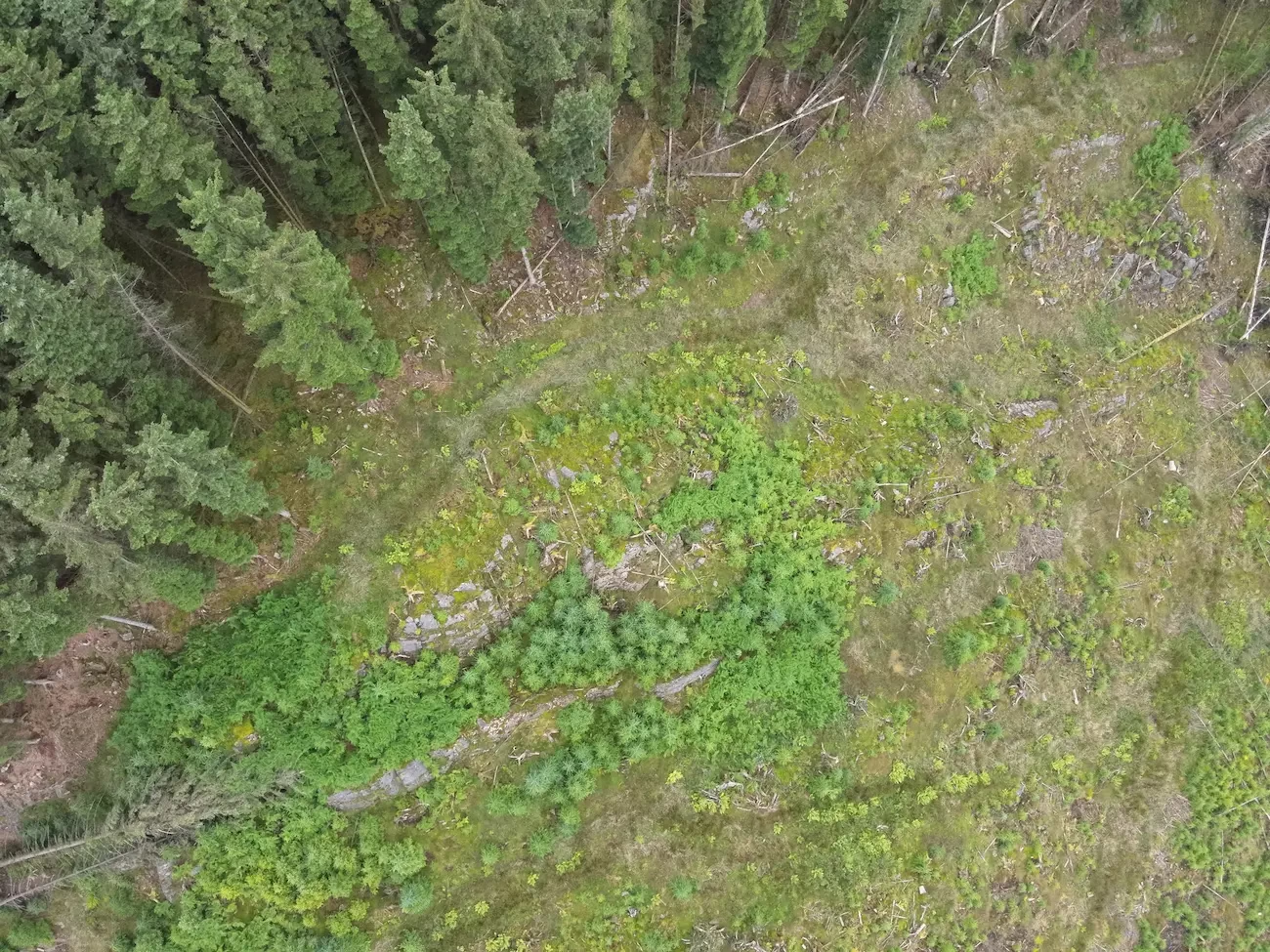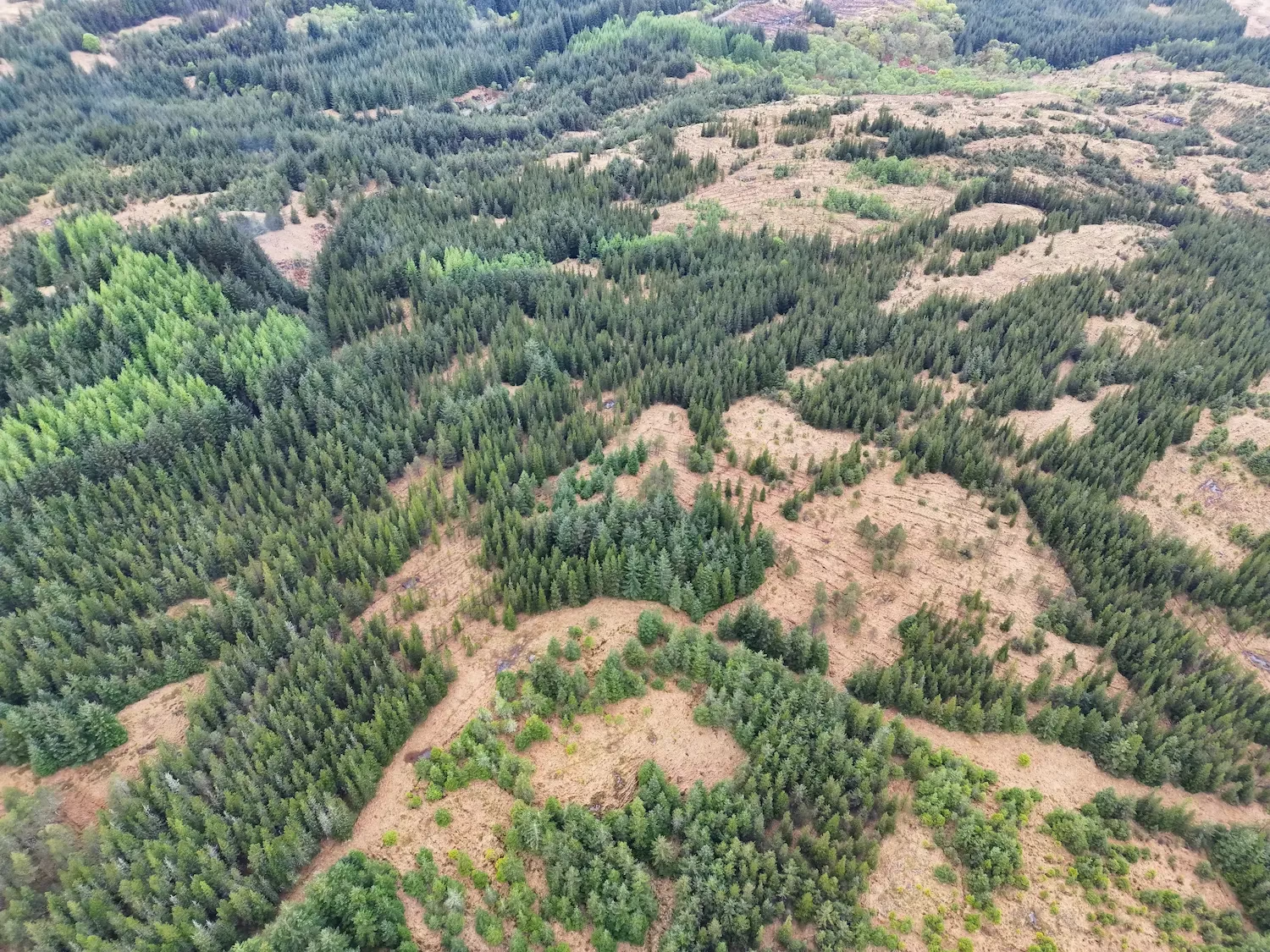The UK’s Deer: A Vital Part of Our Ecosystem
The UK is home to a fascinating variety of wild deer species, each playing a unique role in the ecosystem. Some are native species, while others have been introduced over the centuries, shaping both biodiversity and land management. Understanding the six species of deer found in the UK is vital for developing effective conservation strategies that balance their presence, habitat preservation, and human activity. A well-structured deer guide can help land managers, conservationists, and wildlife enthusiasts navigate the complexities of deer populations and their impact on the environment.
Deer are widespread in England and Wales, with many preferring woodland and forest habitats but also found in agricultural fields and suburban areas. In Scotland, red deer are more commonly found on the open range and hills. As deer numbers continue to rise, especially in regions like southern England and northern Scotland, careful management is required to ensure their populations are sustainable and that their growing presence does not negatively impact agriculture or forestry.
Exploring the UK’s Deer Species
Red Deer – Guardians of the Highlands
As the largest of the British deer species, red deer are predominantly found in the Scottish Highlands and upland areas of England. While they are particularly associated with various habitats, red deer are often found preferring woodland and forest habitats, although they can also inhabit moorlands and mountainous regions. Red deer can be recognised by their large antlers, which grow on males during summer before the rut in Autumn. With their population on the rise, proper deer management is essential to prevent habitat degradation and reduce their impact on agricultural fields.
Roe Deer – Masters of Adaptation
Roe deer, one of the six species of deer in the UK, are medium-sized and widely distributed across England, Scotland, and parts of Wales. They are commonly found in woodlands, farmland, and increasingly in suburban areas. Easily identifiable by their reddish-brown coats in summer and a distinctive white rump patch, they are thriving in various habitats. With rising numbers, effective herd management is essential to prevent overgrazing, woodland damage, and crop destruction.
Fallow Deer – A Living Legacy of the Romans
Introduced by the Romans, fallow deer are easily recognised by their distinctive white spots on their coats, though their colour varies. These non-native deer thrive in woodlands, farmland, and parks across the UK. As their populations grow, it’s vital to implement deer management strategies to prevent damage to crops and young trees, maintaining a balance between deer populations and agricultural activities. Fallow deer are widespread in England and Wales, with their presence patchy in Scotland.
Sika Deer – A Conservation Challenge
Sika deer have established populations in Scotland, England, and Northern Ireland. While sika prefer coniferous woodlands and heaths, particularly in England and southern Scotland, they can also be found in open moor and hills. In northern Scotland, populations are expanding, presenting a growing challenge to red deer genetic purity through hybridisation. Their ability to interbreed with red deer presents genetic concerns. Effective deer identification and population control are necessary to reduce their impact on native wildlife and habitats, as well as on farming and forestry.
Muntjac Deer – The Silent Invader
These small, non-native deer breed year-round and can impact native plant life. Muntjac deer are primarily found in southern and eastern England, as well as some suburban areas. Their rapid reproduction and foraging habits require careful monitoring and management to minimise effects on agriculture, forestry, and biodiversity.
Chinese Water Deer – The Elusive Wetland Specialist
Recognisable by their tusk-like teeth, Chinese water deer inhabit wetland areas, particularly reedbeds, lakes, and riverbanks, mainly in East Anglia. Conservation efforts focus on monitoring their populations to mitigate their impact on native wildlife and habitats. While they are one of the six deer species in the UK, Chinese water deer are well-established in East Anglia and contribute to the region’s biodiversity.
The Role of Technological Innovations in Deer Management
At Boddy Environmental Ltd., we employ cutting-edge wildlife management techniques to support the conservation and control of UK deer populations. Our deer drone surveys and thermal imaging technology provide precise data on deer movements and population density, allowing for more efficient management and decision-making. These innovations provide accurate, actionable data that improves efficiency and minimises environmental disruption.
Through thermal imaging, we can detect deer activity even in dense forests, providing a clearer picture of their impact on specific habitats. Drone surveys allow us to cover large areas with greater accuracy and less disruption to the environment, making it possible to track deer herds across vast landscapes and assess the effects on farmland, woodlands, and other ecosystems.
The Impact of Deer on Agriculture and Forestry
As wild deer populations continue to rise, the impact on agricultural land and forestry is becoming a growing concern. Deer browsing can lead to significant damage to crops, young trees, and woodland regeneration, causing economic losses for farmers and foresters and affecting biodiversity in woodland habitats.
For example, young tree saplings are particularly vulnerable to grazing, which can stunt their growth and prevent successful regeneration. In some cases, deer can even alter the structure of entire forests by preferentially browsing on specific tree species, leading to an imbalance in plant diversity. This makes deer management critical for maintaining healthy woodlands and preventing overgrazing of agricultural fields.
By implementing sustainable deer management practices, including the use of drone surveys and thermal imaging to monitor populations, we can help mitigate these impacts, ensuring that both the agricultural sector and wildlife habitats thrive.
The Importance of Responsible Deer Management
Responsible management of wild deer populations is essential for protecting both their numbers and the wider ecosystem. Key objectives include:
- Preserving natural habitats and biodiversity
- Controlling overpopulation to prevent damage to crops, forests, and habitats
- Reducing human-wildlife conflicts, especially in rural areas
Supporting Conservation Through Expertise
At Boddy Environmental Ltd., our experts are dedicated to sustainable wildlife management and conservation. We work closely with landowners and conservationists to develop strategies that maintain healthy deer populations and protect ecosystems. We align with organisations like the British Deer Society to promote best practices in deer management. Our goal is to ensure balanced deer densities and safeguard UK ecosystems for future generations.
Safeguarding the Future of the UK’s Deer
Understanding and protecting British deer species is essential for maintaining a healthy, thriving natural environment. By combining expert knowledge with cutting-edge technology, we can address the challenges posed by rising deer numbers and ensure the long-term sustainability of both agricultural lands and wildlife habitats.
For expert guidance on deer herd management and sustainable population control, contact Boddy Environmental Ltd. today.
